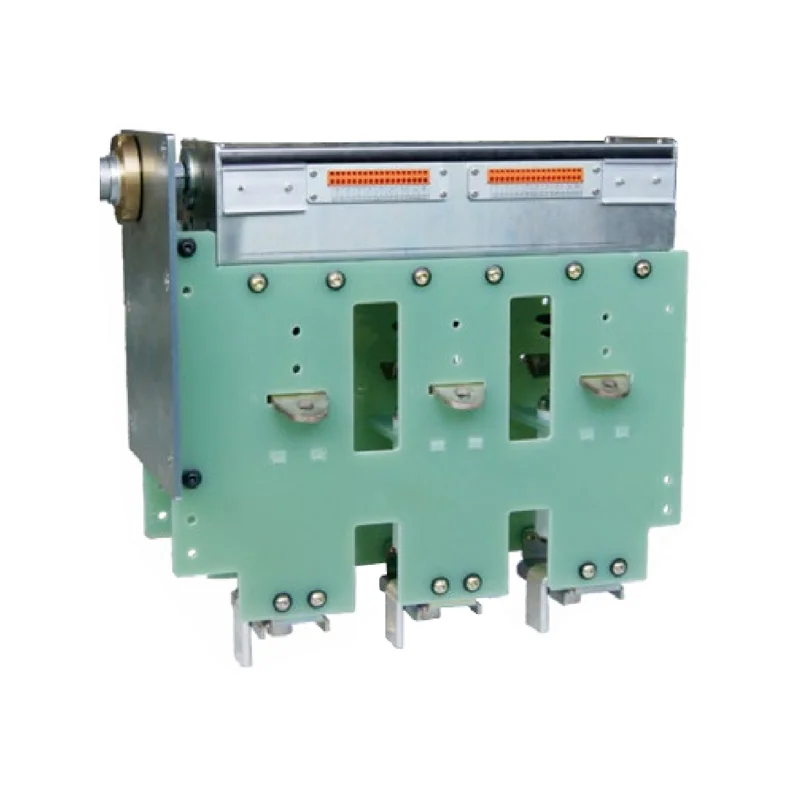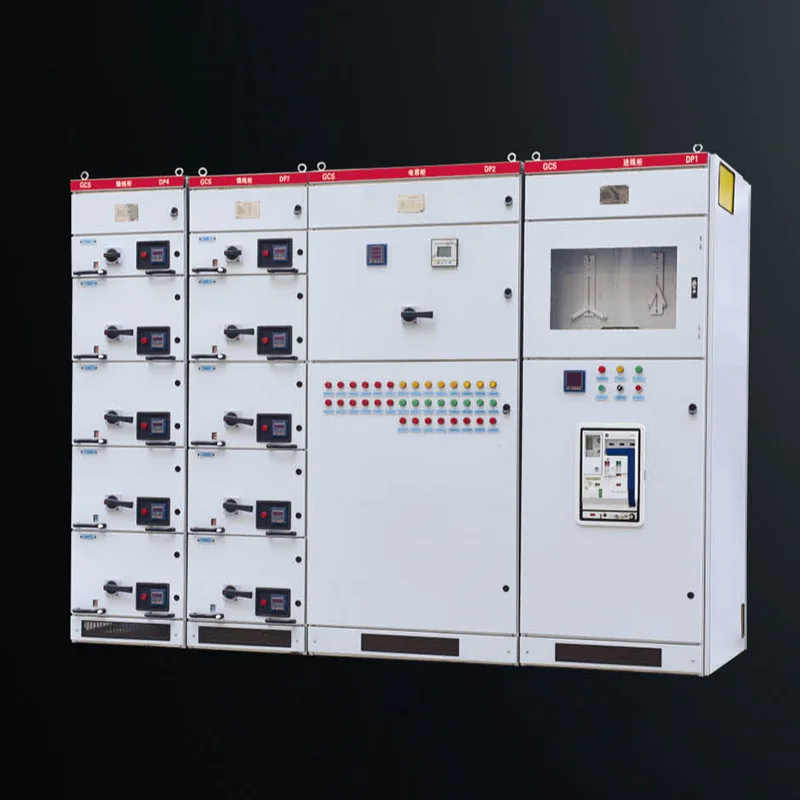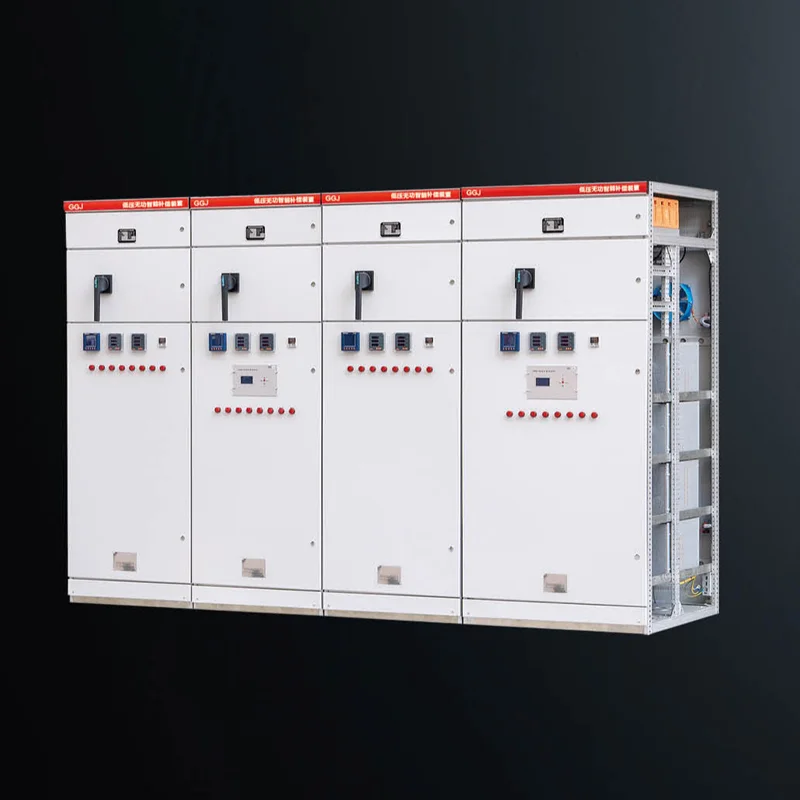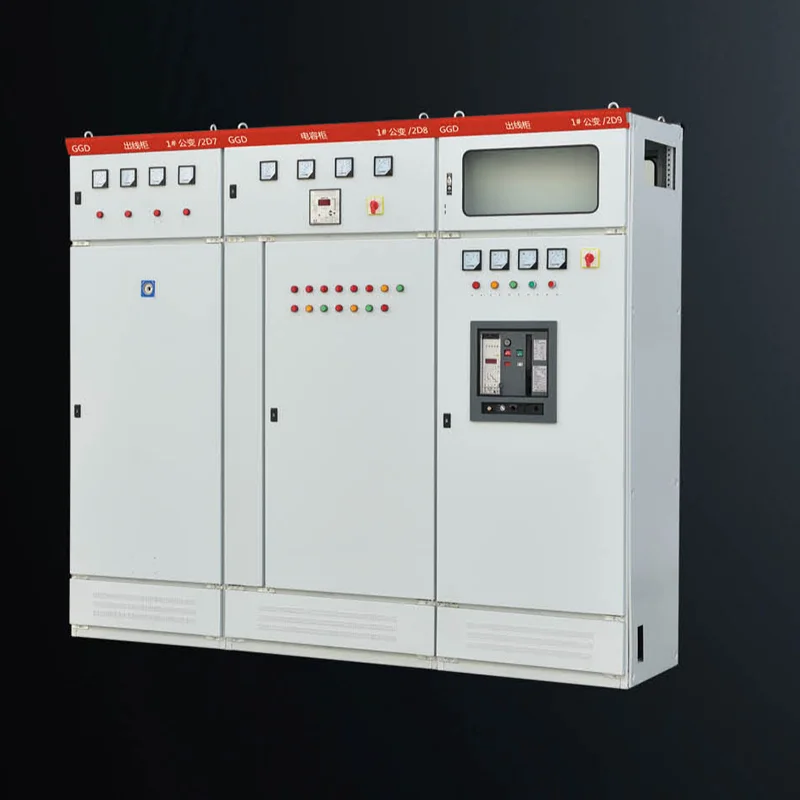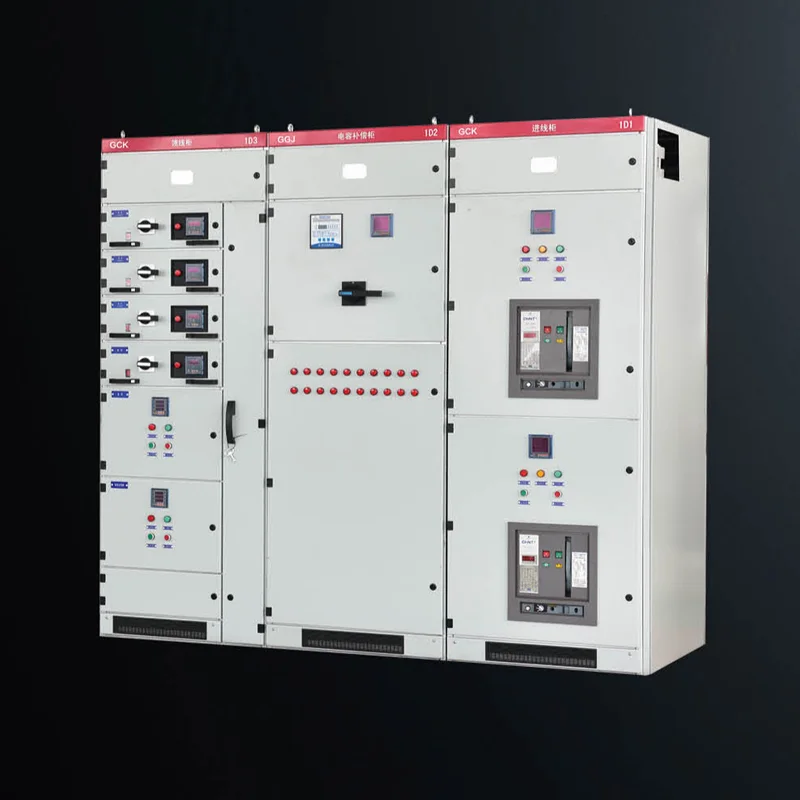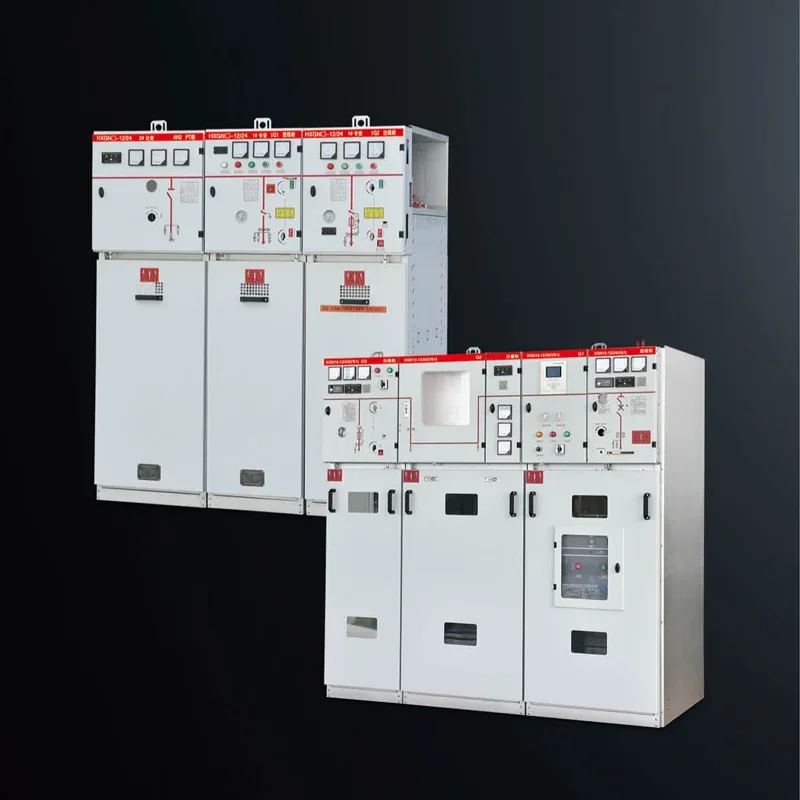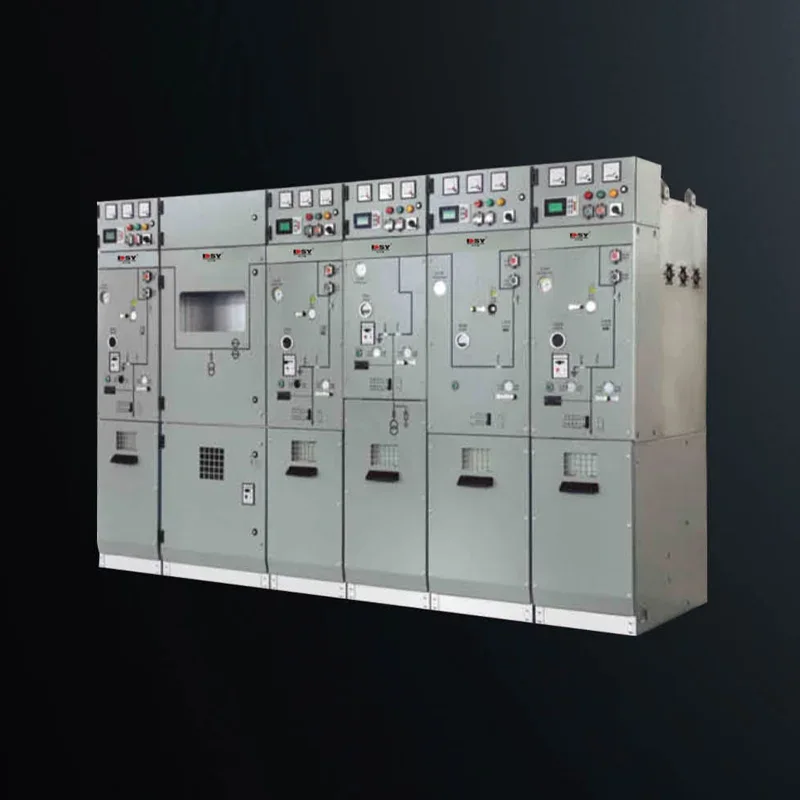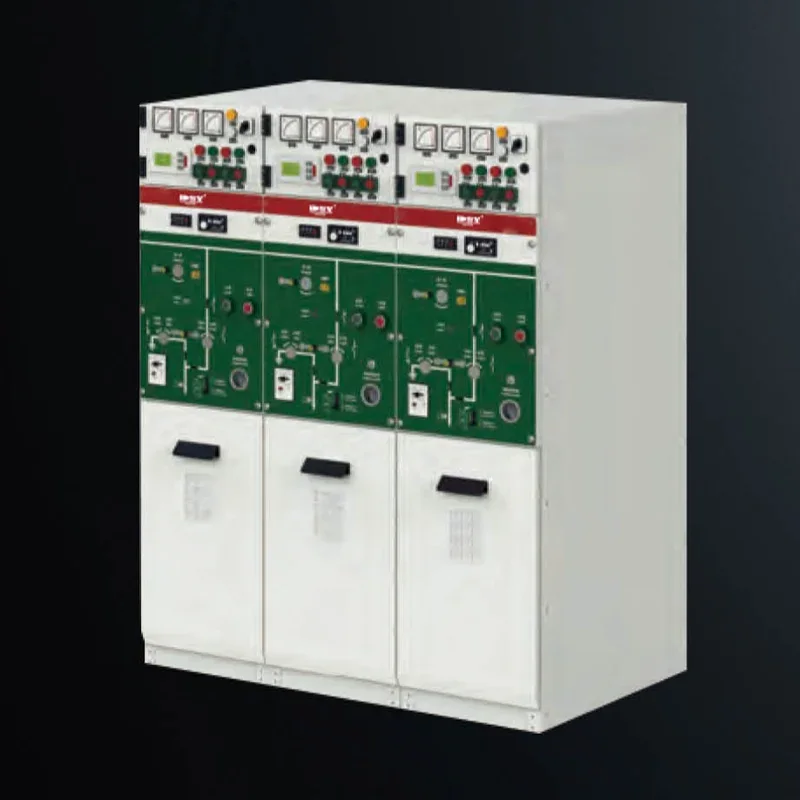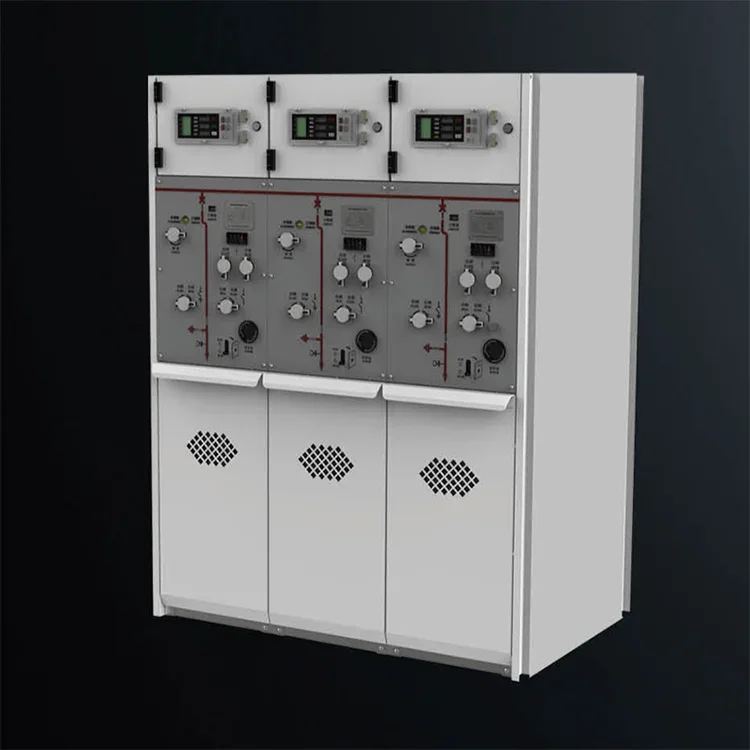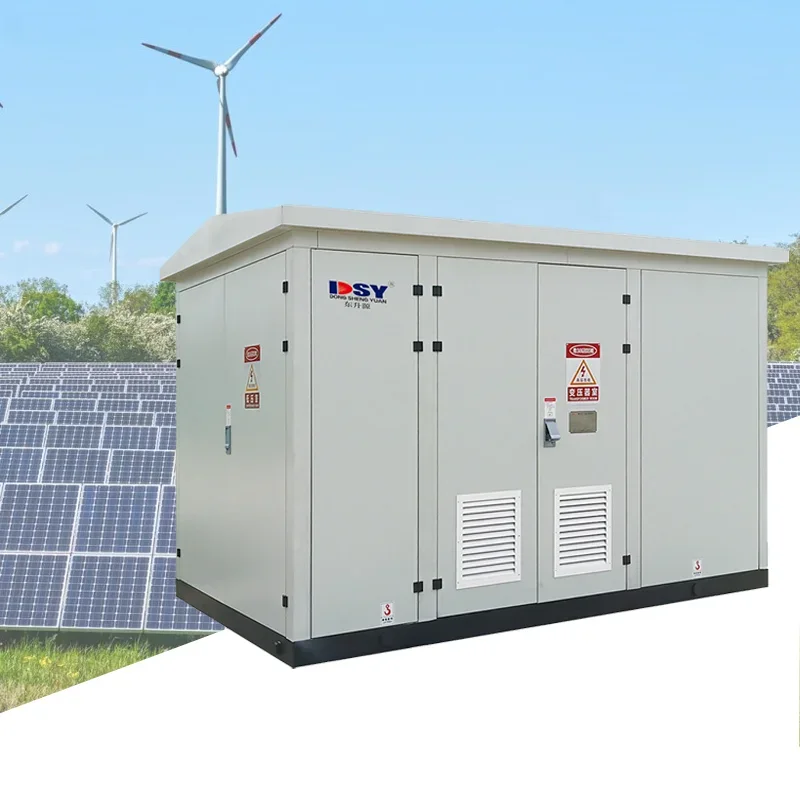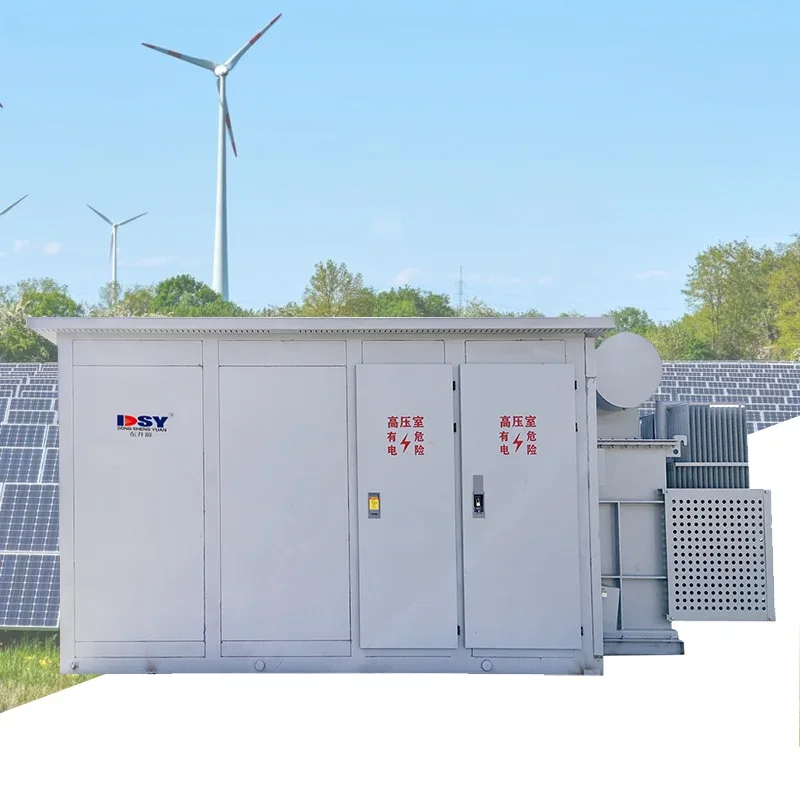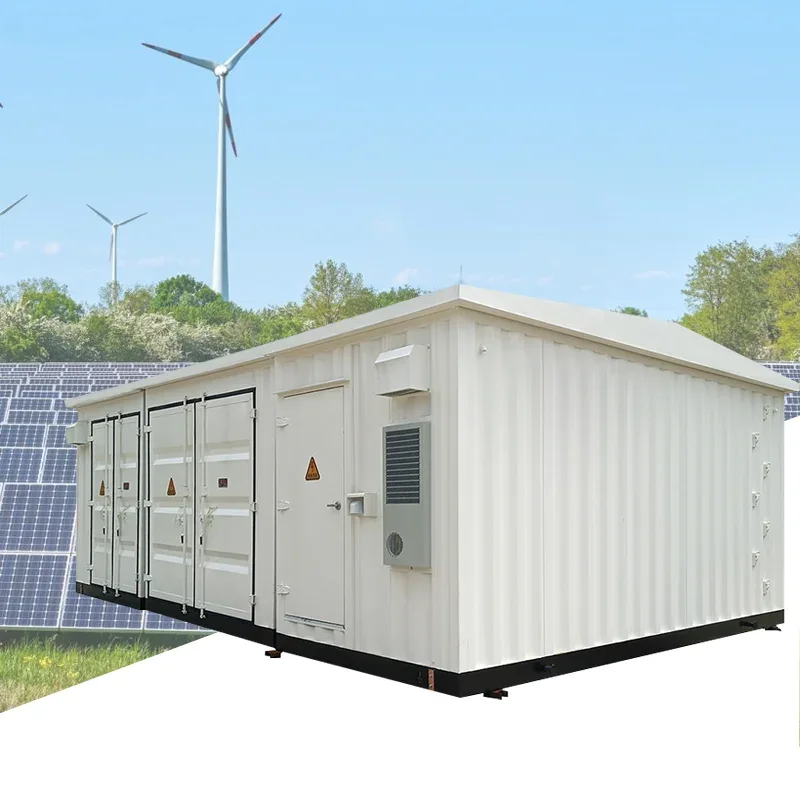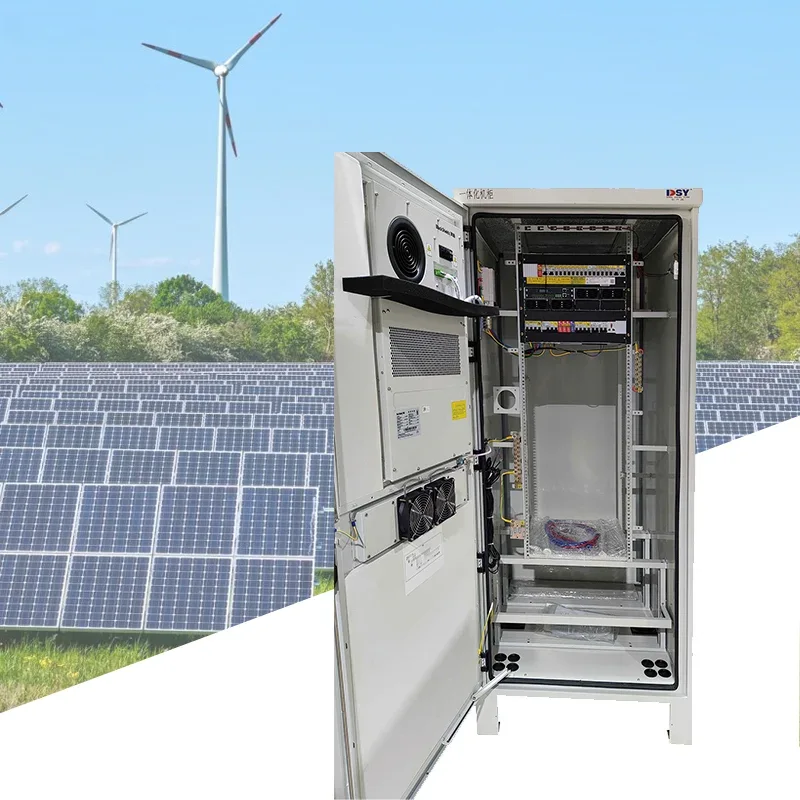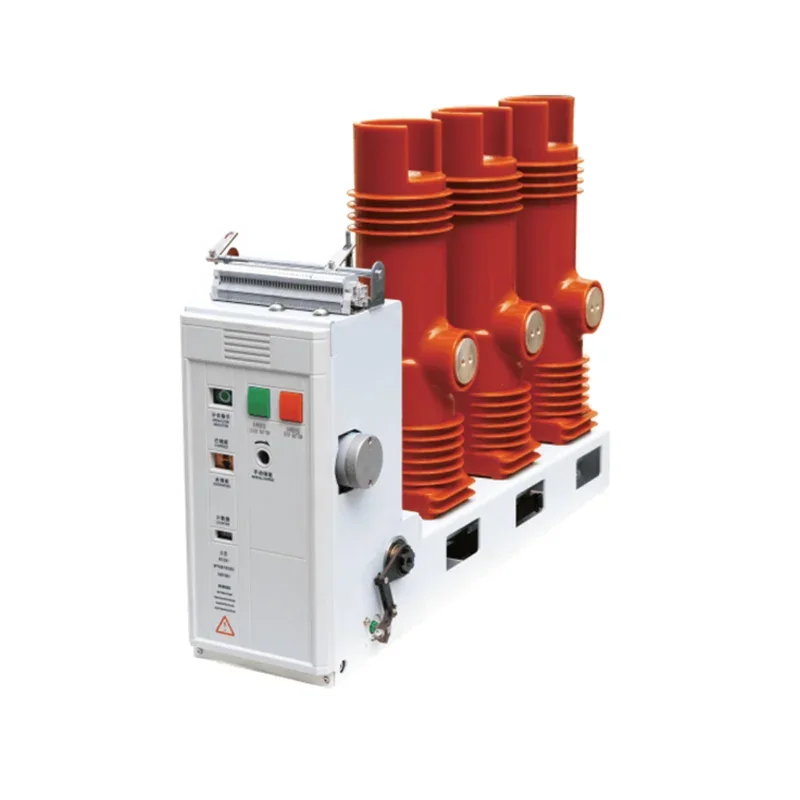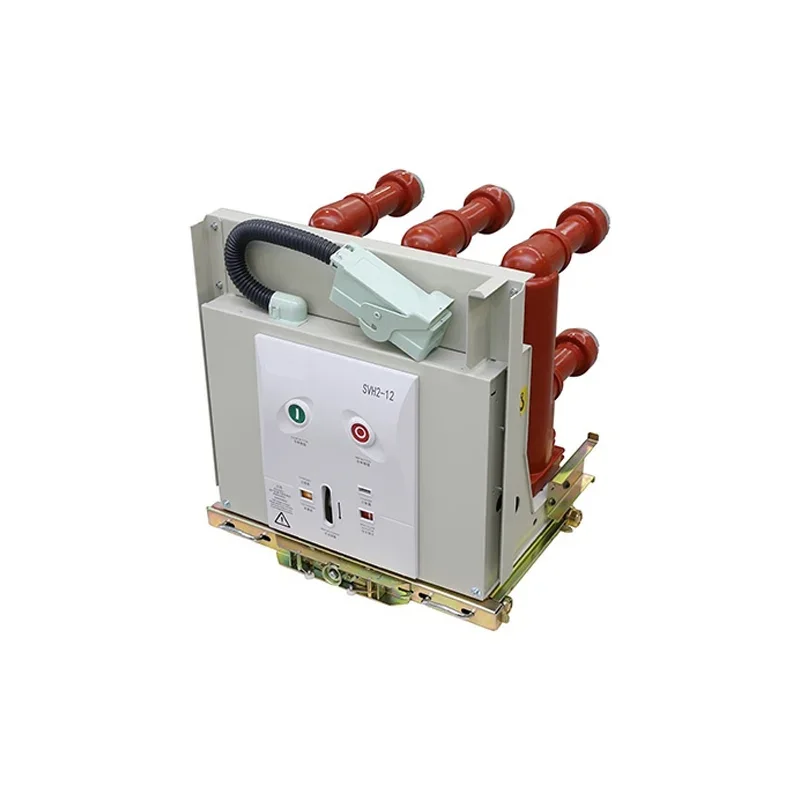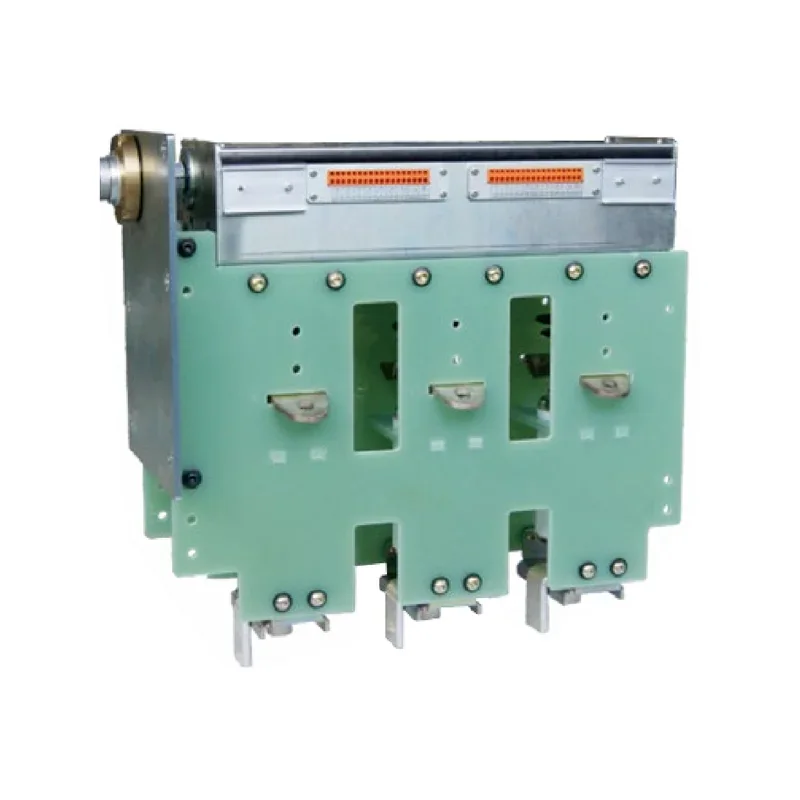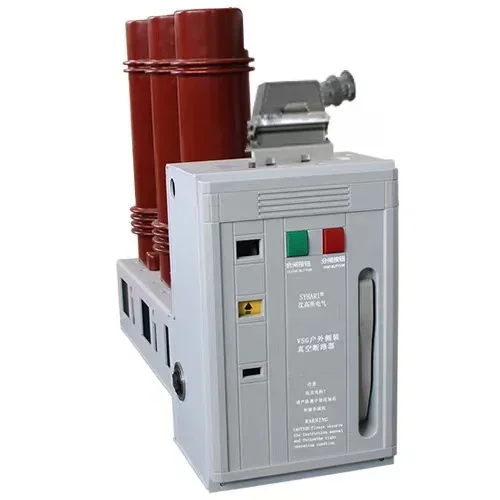Exploring the Advantages of MV Switchgear in Modern Electrical Systems
Exploring the Advantages of MV Switchgear in Modern Electrical Systems Table of Contents 1. Introduction to MV Switchgear 2. What is Medium Voltage Switchgear? 3. Key Components of MV Switchgear 4. Advantages of MV Switchgear in Electrical Systems 4.1 Enhanced Safety Features 4.2 Improved Reliability and Durability 4.3 Space Efficiency and Design
Jul 15,2025
Exploring the Advantages of MV Switchgear in Modern Electrical Systems
Table of Contents
- 1. Introduction to MV Switchgear
- 2. What is Medium Voltage Switchgear?
- 3. Key Components of MV Switchgear
- 4. Advantages of MV Switchgear in Electrical Systems
- 4.1 Enhanced Safety Features
- 4.2 Improved Reliability and Durability
- 4.3 Space Efficiency and Design Flexibility
- 4.4 Cost-Effectiveness in Long Term
- 4.5 Ease of Maintenance and Upgrades
- 5. Applications of MV Switchgear
- 6. Technological Advancements in MV Switchgear
- 7. Future Outlook of MV Switchgear in Electrical Systems
- 8. Frequently Asked Questions
- 9. Conclusion
1. Introduction to MV Switchgear
In the rapidly advancing world of electrical engineering, the innovation of Medium Voltage (MV) switchgear stands as a cornerstone for efficient power distribution. As electrical systems become more complex and demand more reliability and safety, understanding the advantages of MV switchgear becomes crucial for engineers, facility managers, and decision-makers.
2. What is Medium Voltage Switchgear?
Medium Voltage switchgear refers to electrical devices used to control, protect, and isolate electrical equipment in power systems operating between 1 kV and 38 kV. MV switchgear is essential for the effective management of electrical power distribution, ensuring that electrical systems operate safely and efficiently. It encompasses a variety of components, including circuit breakers, relays, and busbars, all aimed at facilitating the safe and reliable distribution of electrical energy.
3. Key Components of MV Switchgear
Understanding the key components of MV switchgear is essential to appreciate its functionalities fully. The primary components include:
3.1 Circuit Breakers
Circuit breakers are critical for protecting electrical circuits from overloads and short circuits. They automatically disconnect the circuit when a fault occurs, preventing equipment damage and ensuring safety.
3.2 Busbars
Busbars serve as conductive pathways that distribute electrical power within a switchgear assembly. They are designed to handle high current loads and ensure minimal resistance and heat generation.
3.3 Protection Relays
Protection relays monitor electrical parameters and detect anomalies such as overcurrents or voltage fluctuations. Upon detecting a fault, they initiate the circuit breaker action to isolate the affected section.
3.4 Disconnect Switches
These switches allow for the safe disconnection of electrical equipment from the power source for maintenance and safety checks without interrupting the entire system.
4. Advantages of MV Switchgear in Electrical Systems
The integration of MV switchgear in modern electrical systems offers numerous advantages that enhance operational efficiency and safety.
4.1 Enhanced Safety Features
Safety is paramount in electrical installations. MV switchgear incorporates advanced safety features, such as arc detection and selective coordination, which minimize risks associated with electrical faults. With robust insulation and protective measures, MV switchgear reduces the likelihood of accidents, providing secure environments for both personnel and equipment.
4.2 Improved Reliability and Durability
MV switchgear is designed to endure challenging operational conditions. Its robust construction and high-quality materials contribute to greater reliability and durability, ensuring uninterrupted power supply. Enhanced features like self-diagnosis and real-time monitoring further elevate its dependability, reducing downtime and maintenance costs.
4.3 Space Efficiency and Design Flexibility
Modern MV switchgear is engineered for compactness, making it ideal for space-constrained environments like urban installations. Modular designs allow for customized configurations that can adapt to varying layout requirements, providing flexibility in planning and implementation.
4.4 Cost-Effectiveness in Long Term
Although the initial investment in MV switchgear may seem significant, its long-term benefits outweigh the costs. With lower maintenance requirements and enhanced energy efficiency, organizations can achieve substantial savings over time. Moreover, the reliability of MV switchgear reduces the risks of unexpected outages, further contributing to cost-effectiveness.
4.5 Ease of Maintenance and Upgrades
The design of MV switchgear prioritizes ease of maintenance. Accessible components facilitate routine inspections and servicing, allowing for quick identification and resolution of issues. Additionally, advancements in technology enable straightforward upgrades, ensuring that systems remain current and efficient.
5. Applications of MV Switchgear
MV switchgear finds applications across various sectors, enhancing power distribution and management. Key applications include:
5.1 Industrial Facilities
In industrial settings, MV switchgear manages electrical distribution for machinery and equipment. Its reliability is crucial for maintaining production levels and minimizing downtime.
5.2 Utility Companies
Utility companies utilize MV switchgear for effective power distribution to residential and commercial areas. Its capabilities ensure a stable supply of electricity to meet fluctuating demand.
5.3 Renewable Energy Systems
With the rise of renewable energy sources, MV switchgear plays a critical role in integrating solar and wind energy into existing electrical grids, promoting sustainable energy management.
6. Technological Advancements in MV Switchgear
The evolution of MV switchgear technology is marked by significant advancements, pushing the boundaries of performance and reliability. Innovations such as digital relays, smart grid integration, and enhanced insulation materials have transformed how MV switchgear operates, offering better monitoring and control capabilities.
7. Future Outlook of MV Switchgear in Electrical Systems
As the demand for reliable and efficient electrical systems grows, the role of MV switchgear is set to expand. Emerging technologies such as artificial intelligence and Internet of Things (IoT) integration promise to enhance the functionality and intelligence of MV switchgear, paving the way for smarter electrical grids.
8. Frequently Asked Questions
8.1 What is the typical voltage range for MV switchgear?
MV switchgear operates at voltage levels between 1 kV and 38 kV.
8.2 How does MV switchgear enhance safety?
MV switchgear includes features like arc detection and isolation mechanisms that prevent electrical accidents and promote workplace safety.
8.3 What industries commonly use MV switchgear?
Industries that frequently utilize MV switchgear include manufacturing, utilities, renewable energy, and commercial buildings.
8.4 What maintenance is required for MV switchgear?
Regular inspections, cleaning, and testing of components such as circuit breakers and protection relays are essential for maintaining MV switchgear.
8.5 How can MV switchgear be upgraded?
Upgrading MV switchgear often involves replacing outdated components with new technologies, such as digital relays, to enhance performance and efficiency.
9. Conclusion
In conclusion, MV switchgear represents a vital component of modern electrical systems, offering numerous advantages in safety, reliability, and efficiency. As we look toward the future, the continued evolution of MV switchgear technology will play a crucial role in meeting the growing demands for energy distribution and management. Emphasizing its benefits and applications can help electrical engineers and decision-makers make informed choices that align with industry advancements and operational needs.
Related News
From June 5th to 8th, 2025, Shenzhen Dongshengyuan Electrical Equipment Co., Ltd. (hereinafter referred to as "Dongshengyuan Electric") participated in the Southeast Asia Electricity and Energy Exhibition (SEAPAE) held in Jakarta, Indonesia. During the exhibition, the company highlighted its three core product lines: high-voltage and low-voltage distribution switchgear, intelligent circuit breakers, and environmentally friendly load switches. These products are designed to provide targeted solutions for the high temperature and high humidity environments commonly found in Southeast Asia, as well as the growing demand for new energy access. They have successfully attracted over 200 industry customers for business negotiations.
The difference between circuit breakers and vacuum circuit breakers
Circuit breaker is an abbreviation for pole type circuit breaker. Circuit breakers are also vacuum circuit breakers

